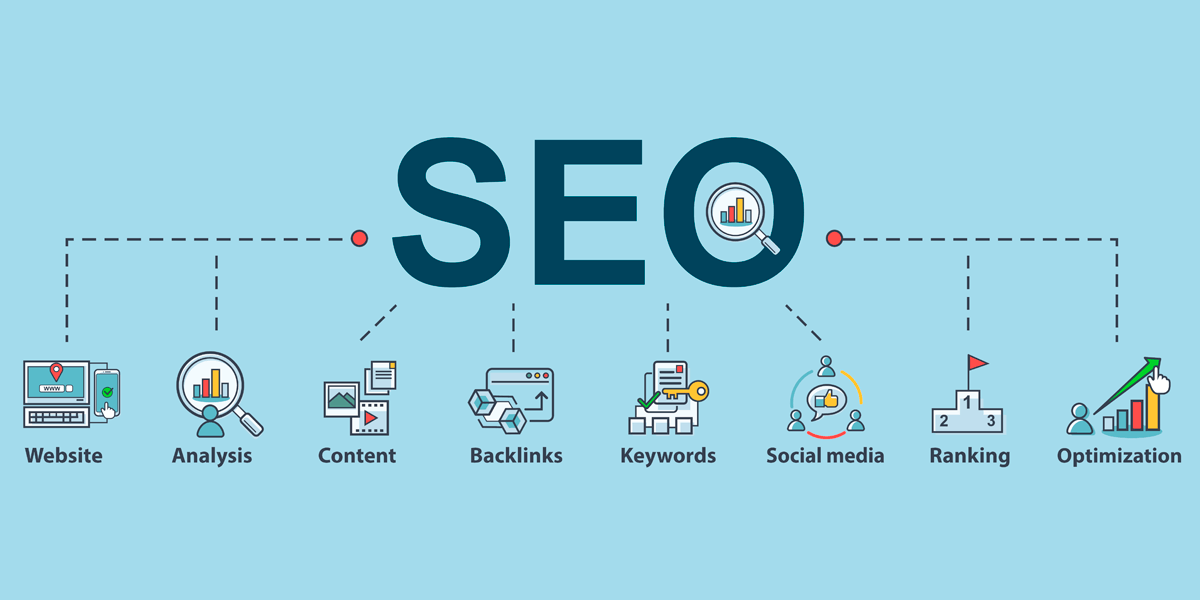Demystifying What Is Not Considered a Default Medium in Google Analytics
Demystifying What Is Not Considered a Default Medium in Google Analytics
Blog Article
Revealing the Unconventional Mediums in Google Analytics Beyond Default Setups
In the world of electronic analytics, Google Analytics stands as a keystone for services looking for to understand their online existence. While default setups use valuable insights, the real deepness of understanding depend on discovering the non-traditional mediums that frequently go undetected. By venturing beyond the surface area and diving right into the intricacies of social networks data, e-mail project efficiency, referral traffic sources, straight website traffic patterns, and custom channel groupings, a gold mine of details awaits those ready to accept an extra nuanced strategy. What lies below these unique tools might simply redefine exactly how services regard and plan their on the internet efforts.

Leveraging Social Media Insights
Periodically neglected, yet tremendously beneficial, is the method of leveraging social media sites insights within the world of Google Analytics. By integrating data from systems like Facebook, Twitter, Instagram, and LinkedIn into Google Analytics, services can gain a much deeper understanding of their audience and the efficiency of their social media sites campaigns.
With this assimilation, marketing professionals can examine and track customer behavior on their web site that stems from social media systems. They can identify which social networks networks are driving one of the most traffic, which web content is resonating with the audience, and which projects are transforming one of the most leads. This understanding enables for data-driven choices to optimize social media methods and enhance overall marketing performance.
Moreover, by incorporating social media sites insights with Google Analytics, organizations can create much more targeted and customized campaigns - what is not considered a default medium in google analytics. They can utilize market details, passions, and on-line actions collected from social media sites to refine their audience segmentation and provide tailored messages that resonate with particular customer groups. This targeted approach can lead to higher engagement, increased conversions, and eventually, enhanced return on investment
Discovering Email Campaign Performance
Uncovering Email Project Efficiency includes examining crucial metrics and performance signs to examine the efficiency of email marketing initiatives. When diving into email project efficiency, it is vital to evaluate metrics such as open rates, click-through rates, conversion rates, and unsubscribe prices. Open up prices suggest the percentage of receivers that opened the email, giving understanding into the efficiency of subject lines and sender names. Click-through prices measure the percent of receivers who clicked links within the email, showing engagement degrees. Conversion rates track the percent of receivers who finished a preferred action after clicking on a link in the e-mail, such as authorizing or making a purchase up for an e-newsletter. Lastly, unsubscribe prices highlight the variety of recipients that opted out of getting more emails, clarifying email material top quality and significance. By analyzing these metrics, marketers can tweak their e-mail advocate far better engagement and efficiency.
Studying Reference Traffic Sources
After examining the efficiency of e-mail campaigns through crucial metrics such as open prices and conversion prices, the next important action is assessing reference traffic sources in Google Analytics to comprehend where web site site visitors are originating from and just how they interact with the site. Reference website traffic resources describe the internet sites that direct users to your site through clickable links. By diving right into this information, services can gain insights into which external systems are driving website traffic to their website, whether it be social media sites systems, companion internet sites, or on-line directories.
It aids services identify high-performing recommendation resources that contribute significantly to web site traffic and conversions. Google Analytics uses detailed reports on reference traffic, permitting businesses to track the efficiency of each reference source properly and make data-driven decisions to improve their on-line presence.
Discovering Direct Web Traffic Patterns
Checking out the straight website traffic patterns in Google Analytics provides important understandings right into customer actions and the effectiveness of campaigns - what is not considered a default medium in google analytics. Direct web traffic refers to visitors that arrive on an internet site by straight typing the URL into their browser, utilizing book markings, or clicking untagged web links. Recognizing straight website traffic patterns can aid online marketers assess the effect of offline advertising efforts, brand recognition, and the effectiveness of word-of-mouth referrals
By delving right into straight website traffic information, services can discover important info regarding user intent and brand commitment. Assessing the actions of straight visitors, such as the pages they visit, the moment invested on site, and the conversion rate, can provide a much deeper understanding of customer interaction and the overall effectiveness of the internet site in transforming visitors into consumers.
In addition, tracking direct traffic patterns over time permits services to identify trends, seasonality results, and the success of particular campaigns or promos in driving direct visits. This details can then be used to improve advertising strategies, maximize web site content, and boost the overall customer experience to make best use of conversions.
Using Custom Network Groupings
Utilizing personalized channel groups in Google Analytics enables businesses to categorize and analyze their web site web traffic based on details requirements, giving important understandings for enhancing advertising and marketing techniques. Personalized channel collections make it possible for business to create their own personalized groups of traffic resources, such as social media sites, organic search, e-mail projects, and referral web traffic. By specifying these groupings, companies can obtain a deeper understanding of how various advertising and marketing channels add to their web site read web traffic and conversions.
This feature is especially beneficial for organizations with diverse advertising methods throughout numerous platforms. A firm running both paid and organic social media campaigns can distinguish between the two to evaluate their private performance precisely. Furthermore, custom-made network collections can assist determine any type of ignored or taken too lightly website traffic resources that might be driving beneficial involvement.
Verdict

By venturing beyond the surface area and delving right into the intricacies of social media information, e-mail campaign efficiency, referral web traffic resources, direct web traffic patterns, and personalized channel collections, a prize trove of info waits for those willing to accept an extra nuanced approach. They can determine which social media networks are driving the most traffic, which content is resonating with the target market, and which projects are converting the most leads.After assessing the efficiency of e-mail projects through essential metrics such as open prices and conversion prices, the next important action is assessing referral traffic sources useful site in Google Analytics to comprehend where internet site visitors are coming from and how they communicate with the website. Personalized network groupings enable companies to produce their own personalized collections of website traffic resources, such as social media, natural search, e-mail projects, and reference website traffic. By leveraging social media understandings, uncovering email project efficiency, analyzing referral traffic sources, exploring direct traffic patterns, link and utilizing custom channel groups, marketers can gain valuable understandings right into their on-line visibility.
Report this page